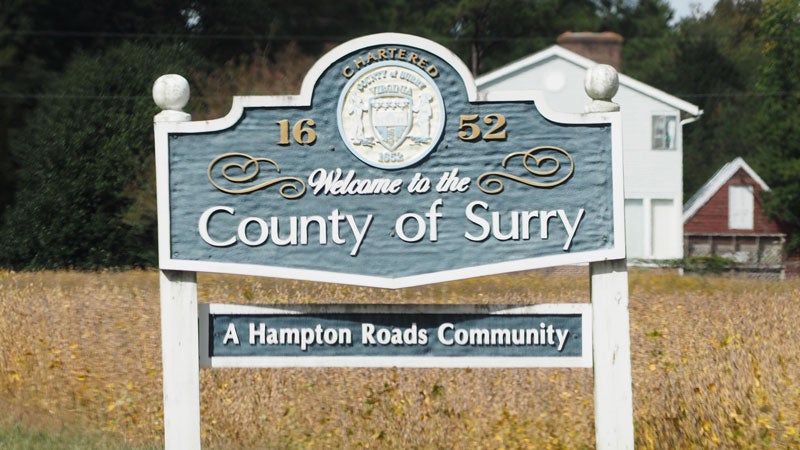Surry commits opioid settlement funds to regional ‘crisis receiving center’
Published 11:45 am Thursday, April 11, 2024

- File photo
Surry supervisors voted unanimously on April 4 to commit the county’s share of opioid settlement money toward building a “crisis receiving center.”
The concept, also known as a 23-and-1 center, would provide up to 23 hours of acute care to people struggling with addiction or mental health crises.
Former Virginia Attorney General Mark Herring, just prior to leaving office in 2022, announced the state would receive $530 million as part of a nationwide $26 billion settlement with drugmaker Johnson & Johnson and distributors AmeriSourceBergen, Cardinal and McKesson to resolve multiple lawsuits alleging the companies’ complicity in a nationwide opioid addiction crisis. Herring’s successor, Jason Miyares, announced that same year that Virginia could expect to receive an additional $110 million from combined $6.6 billion nationwide settlements with opioid makers Allergan and Teva Pharmaceuticals. Virginia has allotted 30% of its share of the pending settlements for direct aid to the state’s 133 counties and cities based on each locality’s population, share of overdose deaths and other factors.
Surry, which has only around 6,500 residents, combined its $2,358 share of the Johnson & Johnson settlement’s first installment payment in 2022 with $14,200 received by neighboring Prince George County. According to Surry Commonwealth’s Attorney Derek Davis, Surry can expect to receive a total of $71,342 through 2039 from the settlements to date.
Terrelle Stewart, director of community and crisis services at the District 19 Community Service Board, said the crisis receiving center would be a first step in stabilizing individuals in the “least restrictive area” who come in by themselves, with family, or in the custody of law enforcement.
The proposed facility, the location of which has not been decided, would serve all of District 19, which overlaps with the Virginia Department of Health’s Crater District – spanning over 1,900 largely rural square miles from Surry to Petersburg and as far south as Greensville County at the North Carolina state line.
“The model that we would like to have for this region is to co-locate our crisis assessment centers, which already exist for District 19’s area, and that would allow for law enforcement who have an individual with them to bring them into the crisis centers as they do now, have the person assessed, and if the person doesn’t need to go to the hospital we can step them down to a 23-and-1 center so they can get further triage … versus what we currently have,” Stewart said.
Currently, law enforcement officers who handle temporary mental health detention orders see “a lot of time spent sitting with individuals at hospitals or even traveling to hospitals to get care because in our area we don’t have anything like this yet,” Stewart said.
The 23-and-1 centers are referred to as such because when a patient stays more than 24 hours it’s considered to be a pseudo-hospital that requires a different type of license, Stewart explained. These centers, unlike hospitals, don’t have beds but do have showers, food and other services.
Combining resources with Prince George and potentially including other Crater District localities like the city of Hopewell in the future could increase the funding the center receives through the 2021-created Virginia Opioid Abatement Authority, Davis said.
“To talk about the bang for your buck here, we are essentially throwing in a very small amount to get a very good service,” Davis said.





